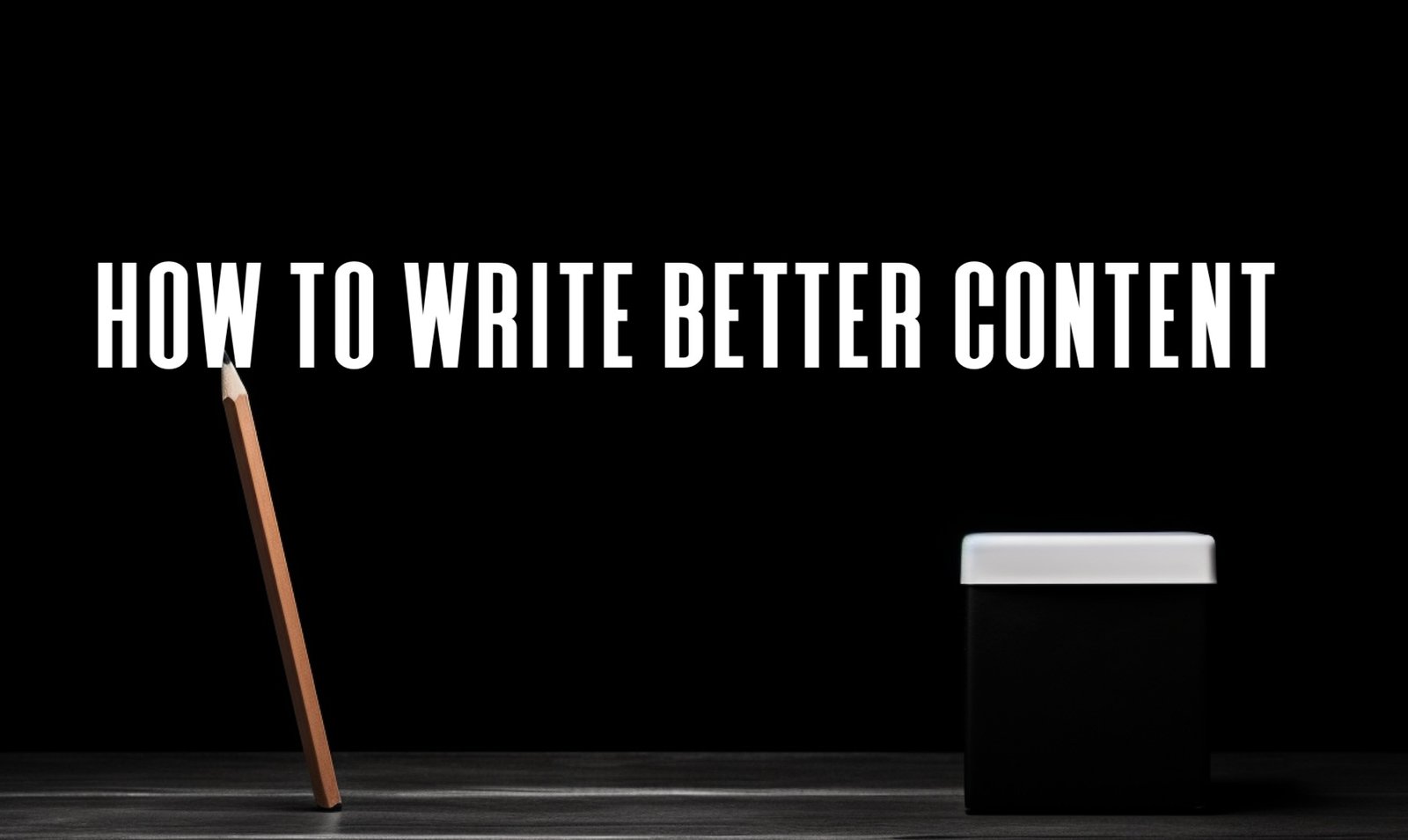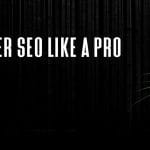- Magoven
- 0 Comments
- 431 Views
Key Takeaways
- Content can be any kind of media you can think of. That can include written articles, videos, podcasts, and social media posts, all designed to inform or entertain.
- Different types of content serve different purposes. For instance, some seek to educate an audience, while others sell a product, entertain, watch time, or even encourage social media shares.
- Content exists to inform and engage the audience. It creates brand awareness and helps you get people to take desired actions, such as buying your products or sharing your information.
- To create great content, first understand your target audience. Then, research like crazy, optimize for SEO, and ensure your content is both compelling and relevant.
- Having an understanding of key vocabulary and related terms is essential for anyone in content creation and marketing. Terms such as SEO, engagement metrics, and content strategy become key.
- How a strategic content plan makes all the difference in your brand’s visibility, engagement, and overall digital marketing success.
Content reigns supreme online. It touches everything from business to personal blogs. It’s a glimpse of who you are and what you represent.
However, not all content shines. Some pieces simply miss the mark and fail to engage or inform. Consider the wacky cat video compared to a boring product review; different content types serve different goals. Some teach, while others entertain.
Great content doesn’t just happen — it requires skill and thought. You have to know your goal and understand your audience. You want to resonate and inspire, striving to rise above the noise.
We’ll share tips that help you craft content that pops. It’s not just about writing; it’s about telling a story that sticks with your audience. Let’s dive in and make your content the best it can be.
What is Content
Content, as a noun, includes all kinds of information and expression forms. It’s more than words on a page or images on a screen. Everything you see, everything you hear, everything you read educates, entertains, and engages you.
For example, the blog post you read last night? That’s content. That podcast episode you listened to on the way to work? Content, as well. Even the clever tweet that caused you to crack a smile counts as content. It’s a living combination of facts, feelings, and art, all packaged to make a point.
Definition of Content
Content is multidimensional, often making several appearances in our lives. It’s information, such as news articles or how-to guides, which allow us to learn and develop.
It’s also a state of happiness when we feel satisfied with life. It’s an amount, like the content of a box. In plain English, you say, “I’m happy with my new job,” which is a good example of how we can use it.
Context is king here, and without context, meaning can change significantly. For instance, in communication, content is really about how it engages the audience and communicates your message. It’s the backbone of good interaction, a bridge connecting ideas to people.
Content in Different Contexts
Here, content is like the secret sauce to attract and retain customers. Content becomes the medium through which knowledge is shared. Think movies, music, and games—content that delights and captivates.
The form content takes changes based on who it’s for and where it lives. A younger crowd on TikTok may like quick videos, but a business audience on LinkedIn is better suited for in-depth articles.
Cultural backgrounds also come into play, influencing how both content is created and interpreted. Technology has transformed how we deliver and consume content. Be at the right place at the right time. Communicate the correct message with blogs and podcasts!
Importance of Content
A good content magnet pulls people in, sticks with them, and builds trust. It’s essential for helping a brand get seen and rank higher in search engines.
Get it right, and content makes you an expert in your niche, building an unshakeable sense of trust. In addition, quality content goes hand-in-hand with a great user experience.
Your digital spaces become places where your audience wants to be when you deliver valuable, engaging content. They’re more inclined to engage with well-written content that piques their interest. Good content tells a story, asks a question, and makes people want to engage with you.
Types of Content
Content comes in all shapes and sizes, each with its own unique benefits and use cases. From the written word to interactive experiences, knowing what type fits best with your goals is key. Here’s a table to compare different types of content:
Content Type | Features | Advantages | Best Uses |
|---|---|---|---|
Textual | Articles, blogs, social media posts | SEO-friendly, informative | Building expertise, storytelling |
Visual | Images, infographics, videos | Engaging, easy to digest | Brand awareness, education |
Audio | Podcasts, audiobooks | Convenient, accessible | Thought leadership, audience expansion |
Interactive | Quizzes, polls, games | Engaging, data collection | Audience interaction, feedback |
Textual Content
Text-based content is often the backbone of a content strategy. This includes articles, blogs, and social media posts—formats that we’re all used to. Written text must be clear and easy to read to maintain audience interest.
Imagine trying to read a novel in one month—you’d want it to be fluid, fast, and interesting. Storytelling plays a big role here, turning dry facts into memorable narratives. Keyword research is vital for SEO so that your content gets to the right people.
If you’re anything like us, you’re publishing up to 10 blog posts per week. Being relevant and offering value is a recipe for success!
Visual Content
Visual content is the best way to hook attention. This includes images, infographics, and videos. People tend to remember visuals over text, which makes them powerful retention tools.
Design elements such as color and layout contribute to creating attractive visuals. Here are some tools to help you out:
- Canva
- Adobe Spark
- Visme
Visuals can support the words we write, and these two can form a more complete strategy. They extract the essence of complicated information and make it digestible.
This skill is especially useful in content marketing, a long-term strategy that tests your persistence and imagination.
Audio Content
Audio content, such as podcasts and audiobooks, is becoming increasingly popular. It’s a good way to connect with people who are busy or in transit. Quality sound and editing are keys to professionalism and engagement.
More people are listening to audio content on the way to work or while doing chores. This trend lets creators connect flexibly with their audiences. It’s no surprise that 80% of marketers indicate they will increase their content marketing budget over the next 12 months.
Interactive Content
Interactive content, such as quizzes, polls, and games, amplifies engagement to a new level. It invites users to take part, which makes the experience more memorable.
Strategies for integrating interactive elements include gamification and real-time feedback. This content type informs you about your audience’s likes and dislikes. You can use that information to create future content and serve them better.
Purpose of Content
Pinpointing what your content is meant to do is the first step to making it work for you. Content can inform, entertain, educate, or persuade—and often, it does a mix of these. Each purpose plays a role in how content lands with your audience.
Think about it: when you know why you’re creating something, you’re more likely to hit the mark. It’s like having a map for where your content needs to go and what it needs to achieve. When you know why you’re doing it, that informs the creation as well as how you distribute it.
If you want to educate, you might experiment with a comprehensive tutorial or a how-to post. Social media is made for entertainment content. It makes sharing simple and lets you get to a larger audience. When you know what you want to accomplish, it’s easier to select the right platform and style.
When content purpose aligns with audience needs, you hit the sweet spot. Your focus is on giving people what they want. Whether they’re after a good laugh, some useful information, or a compelling argument, you do your best to deliver. That alignment builds trust and credibility, which is really essential.
Content is more than just driving sales. It’s about making connections and creating a tribe with common interests or aspirations. Content also serves to achieve the marketing and communication goals. Whether it’s raising awareness, driving engagement, or boosting sales, content is a versatile tool.
Given that 70% of marketers are using content marketing, you can see that knowing these purposes will put you ahead.
Informational Goals
Informational content is all about providing valuable, accurate knowledge. It’s like being a friend who is a bit of an expert on everything. Credibility is paramount here; people need to believe what you’re saying.
Articles, guides, infographics, and lists are excellent formats for this content. With the appropriate knowledge, you may become an authority in your niche and the expert of choice in the eyes of your consumers.
Entertainment Purposes
Entertainment content takes many forms—videos, memes, or stories. It’s about attention getting and attention holding. Creativity and humor are your best friends here.
Don’t forget to balance fun with substance; people adore content that’s both engaging and insightful.
Educational Aims
Educational content helps people learn and grow. Its clarity and structure are essential. Work on leveraging these tools as webinars, e-books, and online courses.
This content has audiences coming back, and they’ll implement what they learned, increasing your influence.
Persuasive Objectives
Persuasive content seeks to affect the decision. It employs both emotional appeal and logical reasoning to compel action. You need to know your audience’s mindset.
Be ethical—trust and integrity should always come first when crafting these messages.
Best Practices for Creating Content
It begins with the cornerstone for writing content that matters and that fits. Let’s take a look at some best practices that can guide us.
1. Know Your Audience
Knowing your readers isn’t a step — it’s the essence of writing. If we want our content to hit home, we’ve got to know who we’re talking to. When you know your audience, it helps to shape the strategy, and that means our content is really curated to their needs.
Here’s how we can gather insights:
- Direct feedback is king. Simple questions about preferences can reveal much.
- Platforms like Google Analytics can reveal who visits our site and what they’re interested in.
- Keeping tabs on what’s trending among our audience can offer real-time insights.
Segmenting our audience allows us to serve targeted content that speaks to specific groups. When we recognize what they like, our content is more appealing, meaning that interaction happens.
2. Set Clear Objectives
While we know each content piece should have clear objectives, how do we translate that to the content we create? Without them, it’s easy to drift off course. Specific, measurable goals guide our strategy and make them easier to evaluate.
Here are some common objectives:
- Increase Traffic: More visitors equal more potential leads.
- Boost Engagement: Foster community through likes, shares, and comments.
- Generate Leads: Capture interest and turn visitors into customers.
Objectives keep our content connected to bigger business objectives, which ultimately helps everything grow.
3. Use Engaging Formats
People have short attention spans, so mixing up formats is important. Incorporating various formats can spice up our content and keep audiences interested.
- Videos: Great for storytelling and personal connection.
- Infographics are perfect for presenting data in an easy-to-digest way.
- Interactive Elements: Engage users by allowing them to participate.
You capture interest by using storytelling and visuals. The correct format can dramatically impact how our audience digests and remembers information.
4. Optimize for SEO
SEO optimization increases our content’s discoverability, so it gets in front of the people who need to see it. When organic search drives 85.19% of blog traffic, you need to get this right.
Key SEO techniques include:
- Keyword Research: Find terms people are searching for.
- Use keywords naturally in titles and content.
- Backlink Building: Increase authority by linking to credible sources.
Regular audits keep your performance in check, ensuring you adapt strategies as search algorithms evolve.
5. Maintain Consistent Quality
Quality content isn’t a one-off; it’s a commitment. Consistency breeds trust and loyalty, and that keeps your audiences coming back. Quality control measures like editing and peer reviews make sure we’re publishing our best work.
This focus on quality is what drives our long-term content marketing success. We generate three times more leads than with outbound.
Vocabulary and Related Terms
To communicate effectively, you’ve got to know the vocabulary here in content creation and marketing. This knowledge will keep us ahead of the curve. At its most basic, “content” simply means anything you make to teach, interest, or amuse an audience. This may include blog posts, videos, podcasts, etc.
Learning these terms gives you the power to write your own content. It also deepens your understanding of industry conversations.
Synonyms for Content
- Material
- Information
- Substance
- Text
- Copy
- Media
- Data
- Details
Not only does it keep our writing fresh, but it helps us avoid that nasty repeat word. Choosing the correct synonym depends on who we’re talking to and what we’re talking about. For instance, “material” may be suitable when talking about education, while “media” may be more appropriate for online contexts.
Synonyms add richness to our copy and help distract readers. They offer alternative perspectives and angles to the information we share.
Related Terminology
- Copywriting
- Content marketing
- SEO (Search Engine Optimization)
- Blogging
- Social media management
- Audience engagement
Understanding these related terms is essential for every effective content strategy. They dictate how we create, share, and promote our content. By understanding these terms, we gain insight into industry trends and best practices.
This knowledge enables us to write more targeted and successful content. These terms interact in fascinating ways, showing the web of interconnectedness that is content. Each one plays an important role in the larger conversation.
Sample Sentences with Content
- The content of the article itself didn’t suck.
- We have to do more content for our social channels.
- “This content will be SEO’d so we can hit more eyeballs.”
Watching “content” in action through practical examples can really demystify how it’s used and what it means. The way we use the word “content” is part of the reason people take it a certain way. This is true whether we’re talking about a blog post or a marketing campaign.
Sample sentences show us a real-life use case of the term. They allow us to see its diversity and significance.
Conclusion
Content is king — there you have it. It educates, it entertains, and it connects. Content can work wonders for your brand with the right type, purpose, and best practices. Whether you write a blog post or create a video, it’s all about clarity and engagement. Content that’s easy to understand and relevant to your audience. Be simple and fresh, and you’ll catch eyes and keep interest.
Want to learn more about how to level up your content? Dive in and start creating the content that you know your audience is craving. Want tips or need help? Reach out. Let’s create some content that matters together.
Frequently Asked Questions
What is content?
Content is any information or media created for consumption. It consists of text, images, videos, and audio. Its aim is to educate, amuse, or entertain an audience.
What are the main types of content?
The primary content types include blogs, videos, podcasts, infographics, and social media posts. Each serves different purposes and reaches different audiences well.
Why is content important?
Content creates brand awareness, educates customers, and nurtures relationships. It sends traffic to your site and turns them into customers.
What is the purpose of content?
The point is to help your readers. Content informs, entertains, or educates, addressing the needs and interests of your audience.
How can I create effective content?
Focus on your audience’s needs. Use simple language, engaging visuals, and SEO. It’s consistency and quality, with an eye to building trust and authority.
What are some best practices for creating content?
Know your audience, plan ahead, and make your content useful. Optimize for SEO and proofread for clarity and mistakes.
What vocabulary and related terms should I know?
Get used to hearing terms like SEO, engagement, reach, conversion, and analytics. Knowing these helps you understand and improve content effectiveness.




